Starting plants from seed can be a fun project—until it’s not. Some varieties are just plain slow, fussy, or unpredictable, and no one wants to spend weeks nurturing seedlings that never quite take off. That’s where transplants come in. Sometimes it’s smarter (and way less frustrating) to skip the seed trays and go straight for healthy young plants from the nursery.
This list focuses on the plants that tend to be more trouble than they’re worth when started from seed. These are the ones that test your patience, crowd your windowsills, or simply don’t perform well without a head start. If you’d rather put your energy into plants that actually grow, this is a good place to start.
Tomatoes
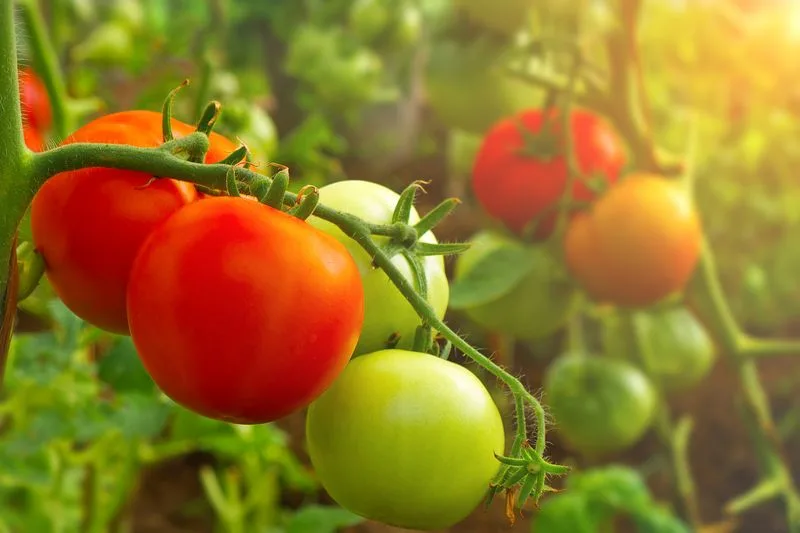
Few garden staples are as cherished as the tomato. However, these fruits demand a head start. Starting tomatoes from seeds can be cumbersome due to their long germination period and the delicate care required during their early stages. Transplants provide an advantage, as they have already overcome the vulnerable seedling phase, allowing them to be more resilient when moved outdoors. Furthermore, transplants yield fruit earlier in the season, making them a preferred choice for many gardeners. Did you know? Tomatoes were once believed to be poisonous, earning the nickname ‘poison apple.’
Peppers

Peppers, be they sweet or spicy, flourish when given a head start. Growing these from seeds can be a lengthy and unpredictable endeavor, as they require warm temperatures to germinate effectively. By opting for transplants, gardeners ensure a more consistent growth environment and can enjoy a bountiful harvest sooner. This approach also allows for stronger plants that are better suited to withstand pests and diseases. Interestingly, the heat of peppers was once thought to ward off evil spirits. Their vibrant colors and flavors continue to captivate culinary enthusiasts across the globe.
Eggplants
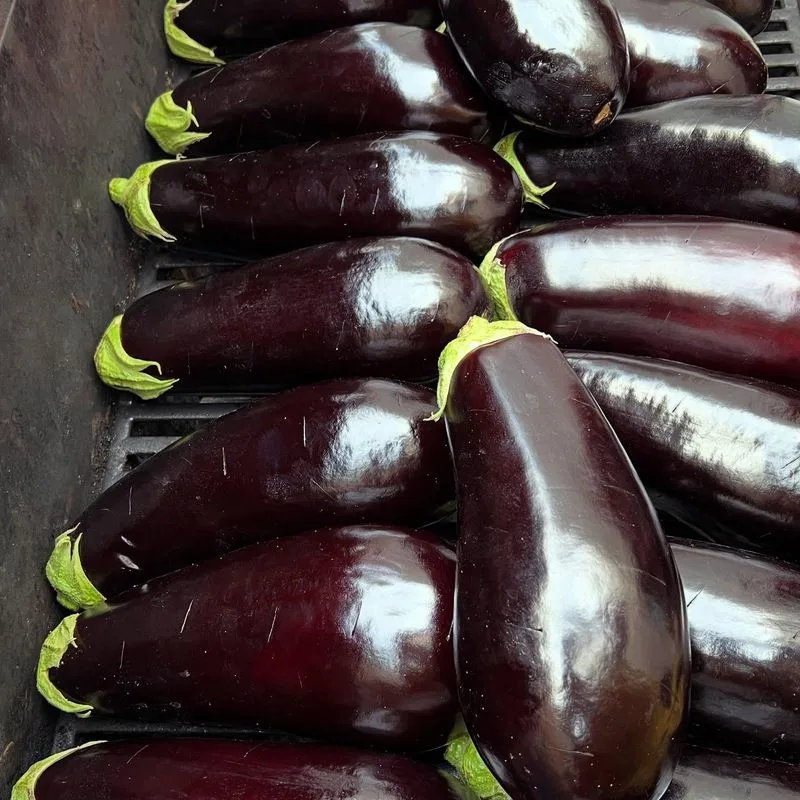
With their striking purple hue, eggplants are a gardener’s delight. Yet, these plants require warmth and time to develop well. Starting them from seeds can be challenging due to their need for consistently warm conditions. Transplants offer a practical solution, providing a head start in controlled environments. This ensures that by the time they’re planted outdoors, they’re robust enough to thrive. A quirky fact: Eggplants belong to the nightshade family, which includes tomatoes and potatoes. Their unique taste and texture make them a staple in many cuisines worldwide.
Basil

Basil, the fragrant king of herbs, thrives best when started as a transplant. The seeds, though quick to germinate, can result in fragile seedlings that struggle in less-than-ideal conditions. Transplants offer a head start, ensuring a robust and healthy plant ready to add flavor to any dish. With its origins traced back to tropical regions, basil loves warmth, making a greenhouse start ideal. Fun fact: Basil was once considered a symbol of love in Italy, often used in courtship rituals. Today, its aromatic leaves are a kitchen staple worldwide.
Broccoli

Broccoli, a nutritional powerhouse, is best started as a transplant. Seedlings are delicate and need specific temperatures to thrive, making them difficult to start from seed outdoors. Transplants eliminate this hurdle, providing a sturdy start to this cool-weather favorite. By beginning life as a transplant, broccoli is more likely to reach its full potential in both size and taste. Did you know? Broccoli was first cultivated in Italy over 2,000 years ago, and it remains a beloved vegetable in diets around the world for its health benefits.
Cauliflower
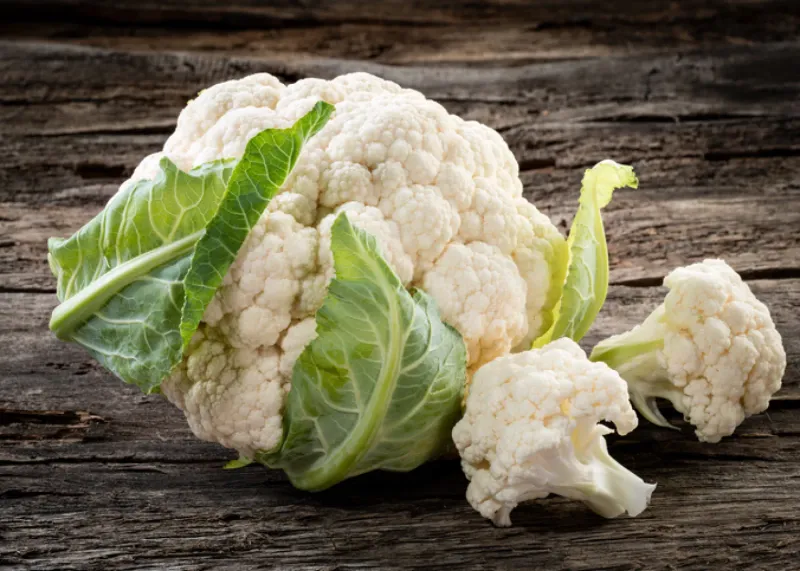
Cauliflower, with its creamy white florets, benefits immensely from being started as a transplant. Its seeds require precise conditions to germinate, often proving tricky for even experienced gardeners. Transplants offer a more reliable start, ensuring the plant is strong and healthy before facing the challenges of the great outdoors. This method also accelerates the growing process, allowing for an earlier harvest. Interestingly, cauliflower has been a culinary favorite since the 16th century, with its mild flavor and versatility lending itself to various dishes.
Brussels Sprouts
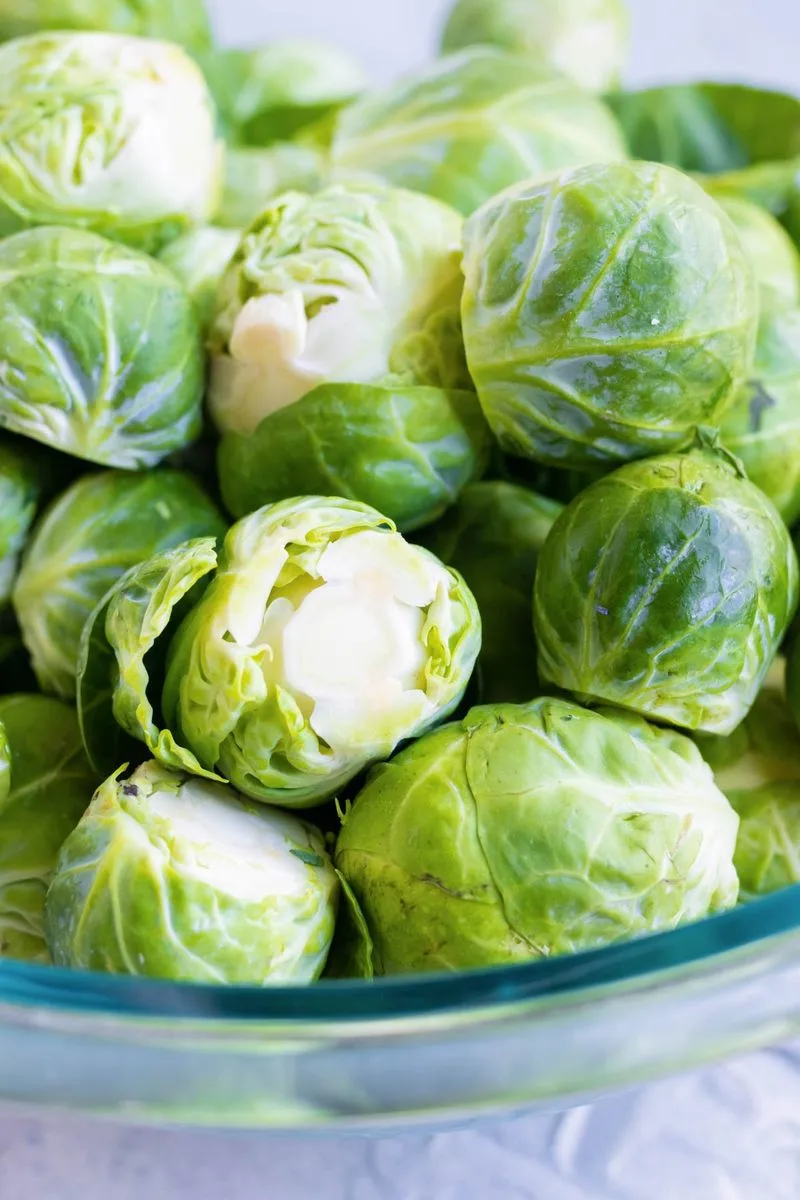
Brussels sprouts, love them or hate them, require a patient gardener. Starting them from seeds can be complicated by their long germination period and specific soil needs. Transplants offer a solution, providing a head start that results in a more robust plant capable of withstanding pests and diseases. The small, cabbage-like sprouts develop more uniformly with this method, ensuring a satisfying harvest. Fun fact: Brussels sprouts were named after the capital of Belgium, where they have been enjoyed since the 16th century as a staple winter vegetable.
Cabbage
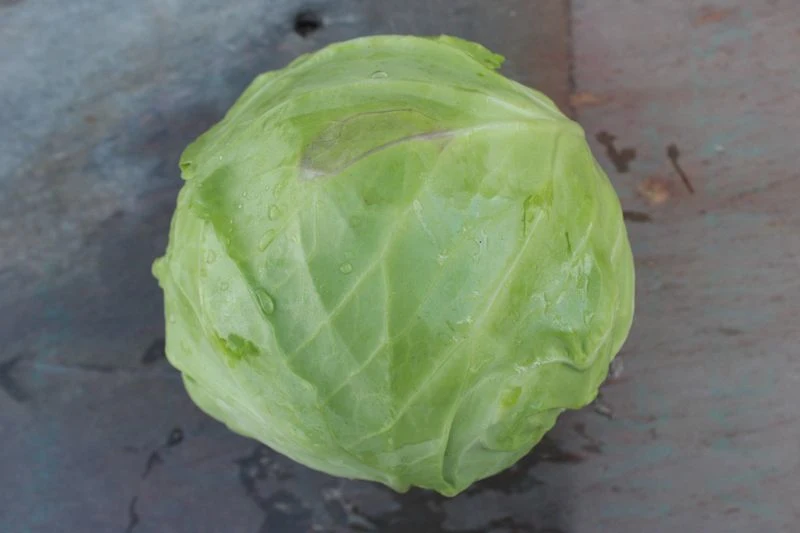
Cabbage, known for its hearty leaves, thrives when started as a transplant. Seeds demand precise conditions to germinate successfully, and seedlings are sensitive to environmental changes. Transplants bypass these issues, offering a stronger start that leads to larger, more flavorful heads. This method also shortens the time to harvest, making it a practical choice for gardeners eager to enjoy their crops. Did you know? Cabbage has been cultivated for over 4,000 years and was a staple in ancient Greek and Roman diets due to its health benefits.
Cucumbers
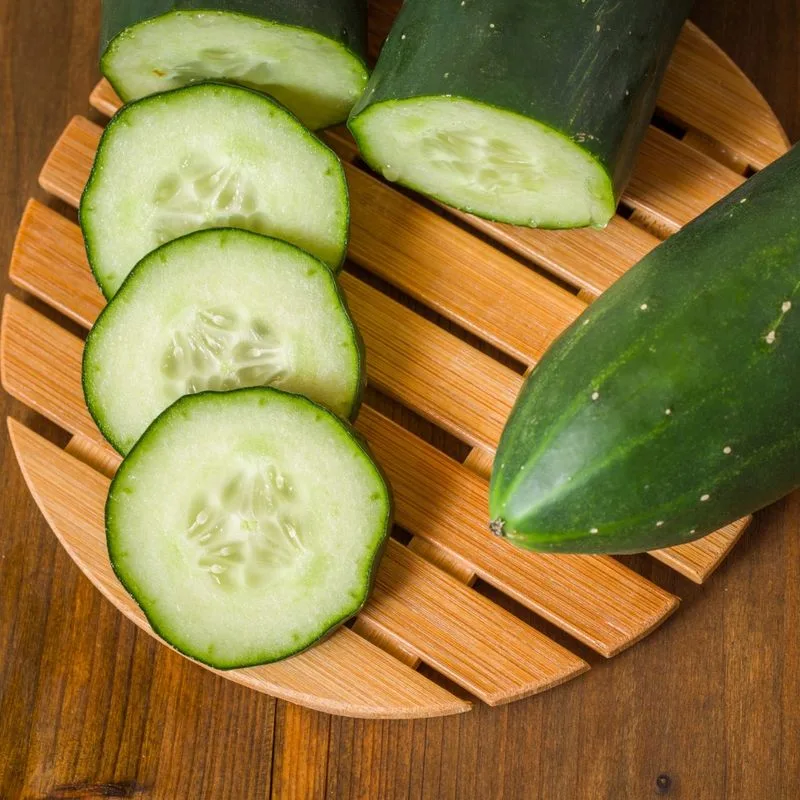
Cucumbers, refreshing and crisp, often perform better when started as transplants. Their seeds need warm soil to germinate, making direct sowing difficult in cooler climates. Transplants provide a more dependable start, ensuring vigorous growth and earlier fruiting. This approach also reduces the risk of seedling diseases and pests. A fun tidbit: Cucumbers are technically a fruit and have been cultivated for thousands of years, originating from South Asia. They’re now a favorite in salads and pickles around the globe.
Zucchini
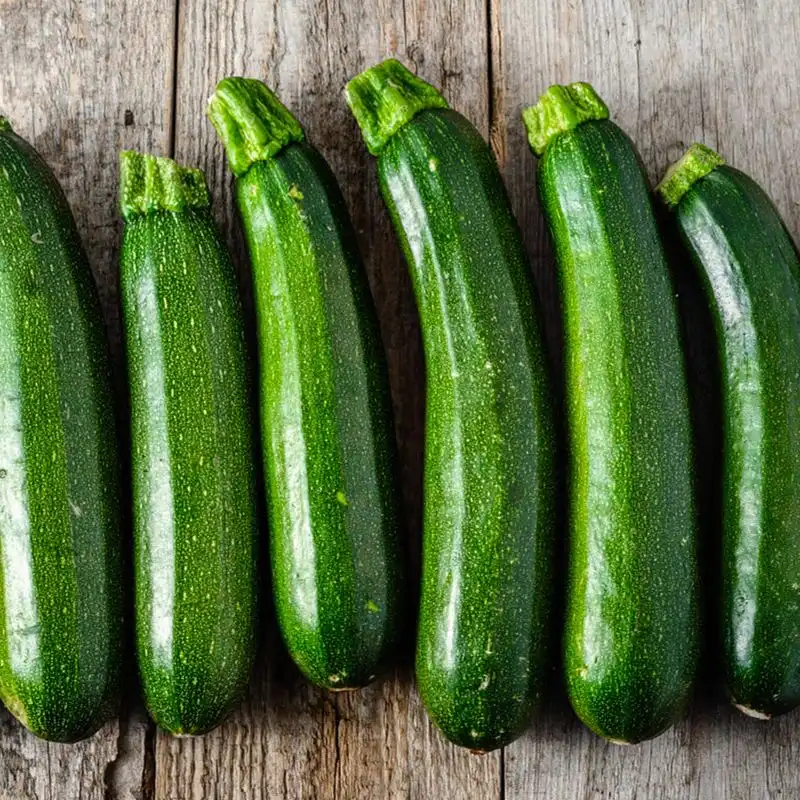
Zucchini, known for its prolific nature, can be started from seeds but thrives as a transplant. Direct sowing can lead to uneven growth and pest problems. By beginning as transplants, zucchinis are more robust and less susceptible to the whims of weather and pests. This results in a quicker harvest and more reliable yield. Did you know? Zucchinis are a type of summer squash and were first cultivated in Italy. Their versatility in dishes, from savory to sweet, makes them a beloved ingredient in various cuisines.
Pumpkins
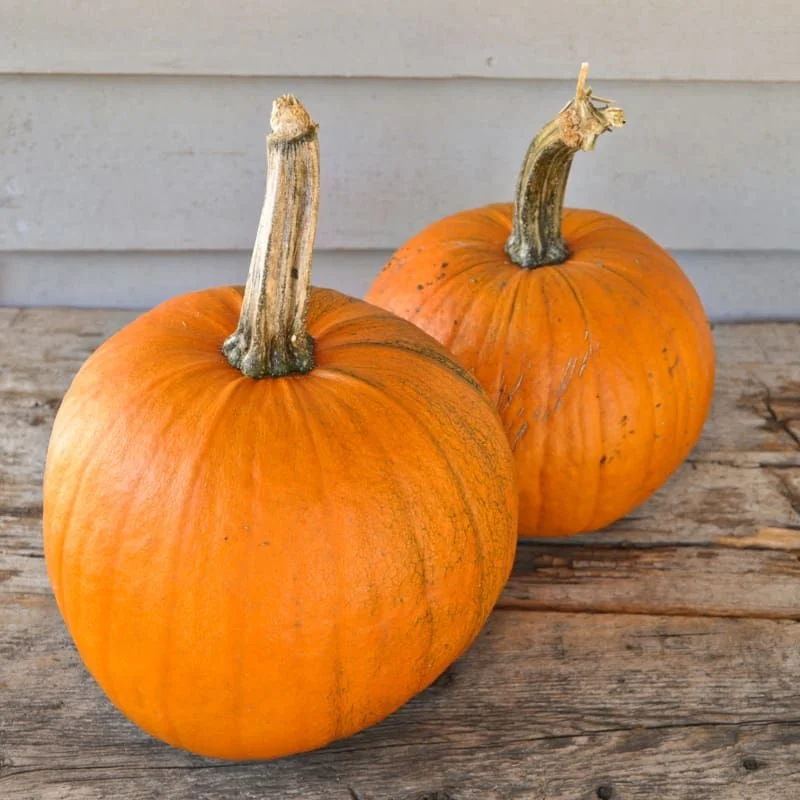
Pumpkins, the quintessential symbol of autumn, benefit greatly from transplants. Starting these large fruits from seeds can be arduous due to their lengthy germination and growing period. Transplants provide a head start, ensuring that the plants are sturdy and well-adapted when placed outdoors. This method also helps in achieving larger pumpkins suitable for carving or pies. Interestingly, pumpkins are native to North America and were an essential food source for Native Americans long before the Pilgrims arrived.
Melons
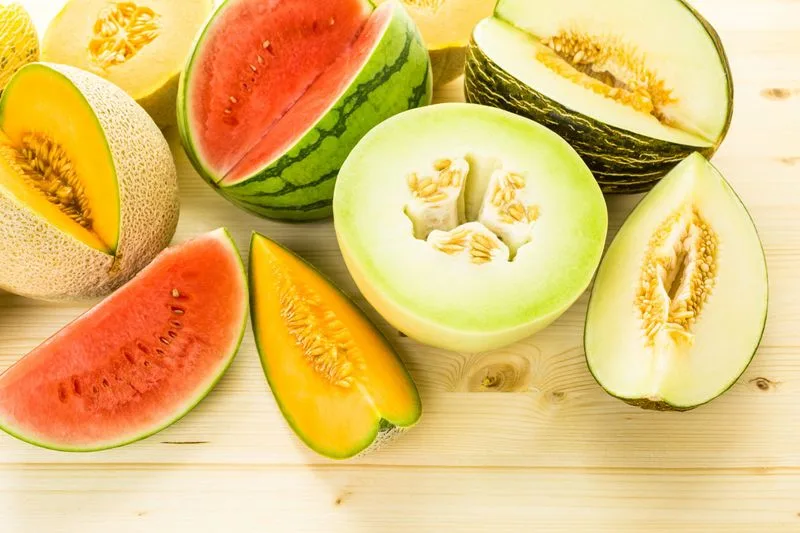
Melons, sweet and juicy, thrive in warm, sunny conditions which can be hard to replicate when starting from seeds. Transplants offer a solution by providing a controlled beginning. This ensures that melons grow vigorously once transplanted, leading to an earlier and more plentiful harvest. A fascinating fact: Melons have been cultivated since ancient times, with their origins traced back to Africa and Southwest Asia. Today, varieties like cantaloupe and watermelon are enjoyed worldwide for their refreshingly sweet taste.
Squash

Squash, whether summer or winter varieties, benefits from a head start as transplants. Seeds can be vulnerable to pests and inconsistent soil conditions, making direct sowing less effective. Transplants ensure a strong beginning, leading to healthier plants and earlier harvests. This method also aids in controlling the spacing and managing diseases. Fun fact: Native Americans were the first to cultivate squash, which, along with beans and corn, formed the ‘Three Sisters’ agricultural system that sustained many tribes.
Lettuce
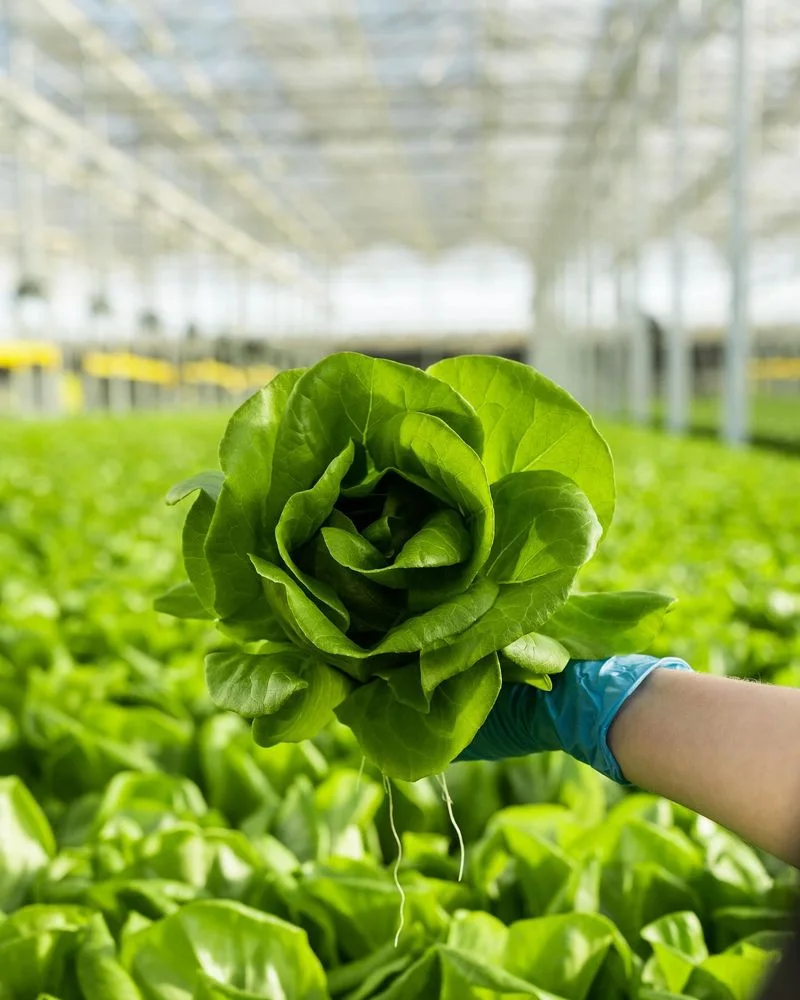
Lettuce, a salad staple, often prefers the head start transplants provide. Growing from seeds can result in uneven germination and weak seedlings due to temperature fluctuations. Transplants allow for controlled conditions, ensuring robust growth and a steady supply of fresh greens. With a history dating back to ancient Egypt, lettuce has been cherished for its refreshing taste and nutritional value. Today, it’s a versatile ingredient in salads, wraps, and sandwiches, offering a crisp bite to any meal.
Spinach
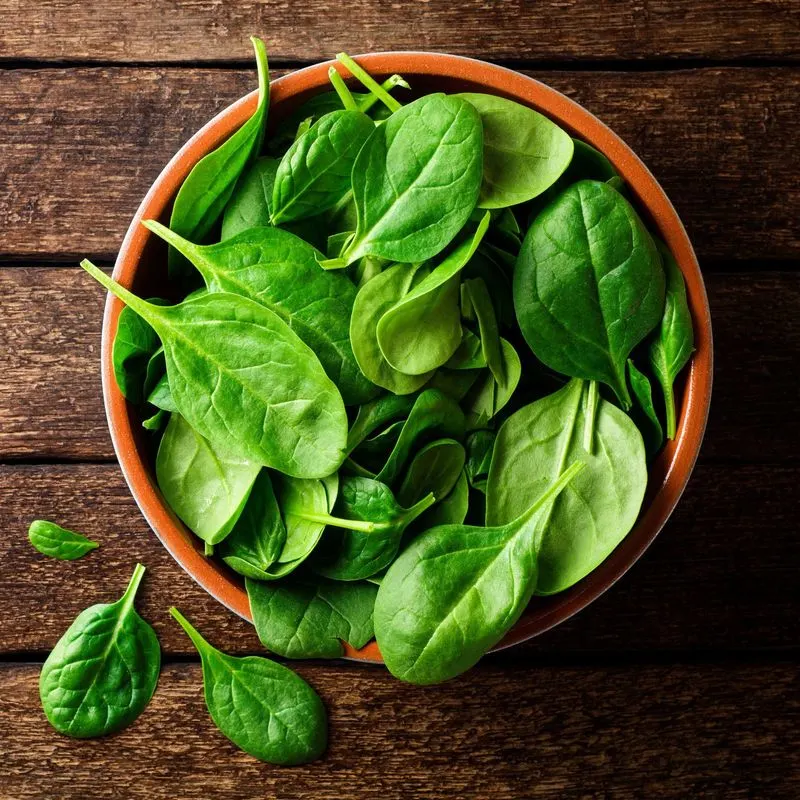
Spinach, with its vibrant green leaves, thrives when started as a transplant. Seeds can be tricky, requiring cool temperatures for germination which can be unpredictable in spring. Transplants bypass this hurdle, ensuring consistent growth and a quicker harvest. Spinach is packed with nutrients, making it a favorite among health-conscious individuals. Did you know? Spinach originated in Persia and became popular in Europe after being brought back by traders in the Middle Ages. Its versatility in dishes makes it a kitchen staple worldwide.
Onions
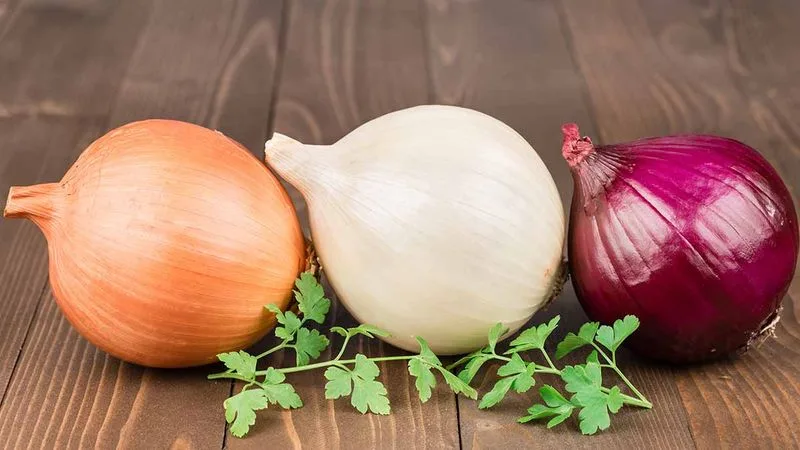
Onions, essential in countless recipes, often yield better results when started as transplants. Direct sowing can lead to uneven bulb sizes and longer maturation times. Transplants provide a more uniform growth environment, ensuring bulbs develop fully and consistently. This approach also reduces the time to harvest. An interesting tidbit: Onions have been cultivated for over 5,000 years, originating from central Asia. They’re now a critical ingredient worldwide, valued for their flavor and health benefits, including vitamin C and dietary fiber.
Leeks
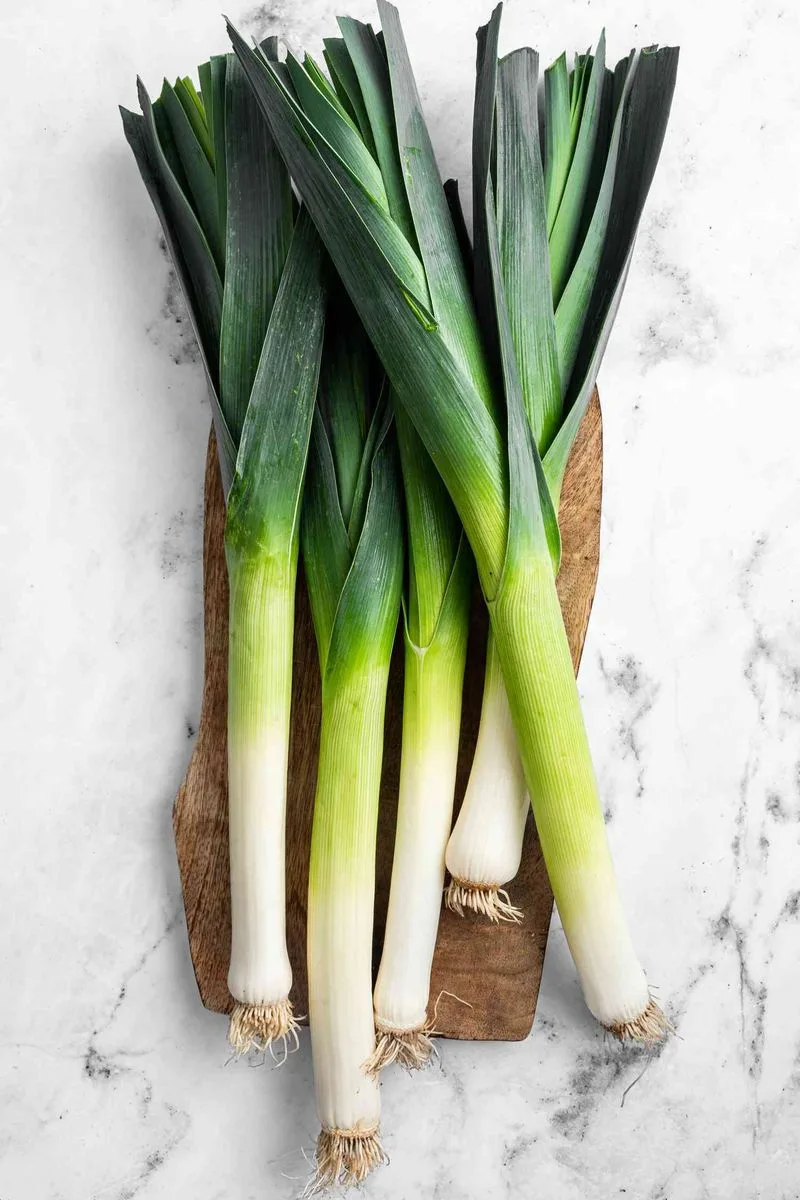
Leeks, with their mild onion-like flavor, benefit from being started as transplants. Seeds require specific conditions for germination, often resulting in weak seedlings. Transplants ensure a robust start, leading to larger stalks and an earlier harvest. This method also facilitates better control over spacing and plant depth. Fascinatingly, leeks are a national symbol of Wales, celebrated for their culinary versatility. They have been cultivated since ancient times, favored by the Egyptians and Romans for their unique taste and nutritional value.
Celery
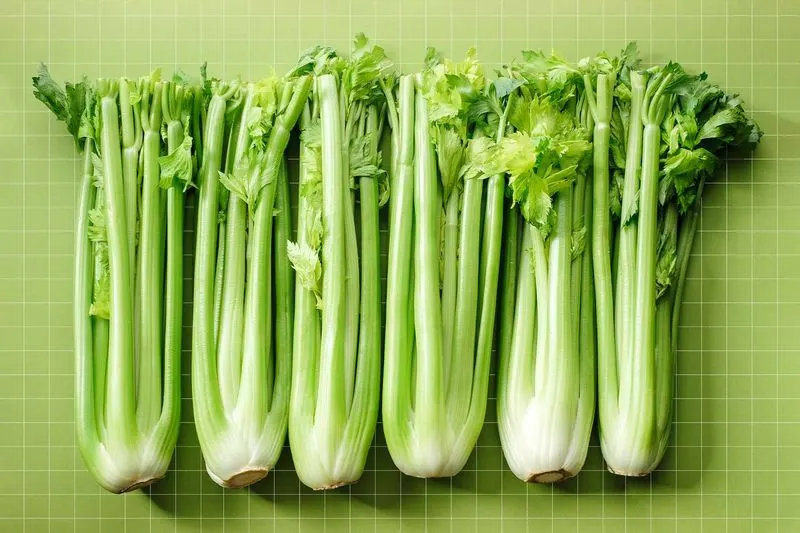
Celery, known for its crisp texture, thrives when started as a transplant. Seeds are notoriously slow to germinate and require consistent moisture and temperature. Transplants offer a reliable start, ensuring that celery develops robustly and uniformly. This method also shortens the growing period, leading to a quicker harvest. Did you know? Celery was used as a medicinal plant in ancient times before becoming a culinary staple. Its versatility and health benefits, such as vitamin K and potassium, make it a favorite in salads and soups.
Parsley
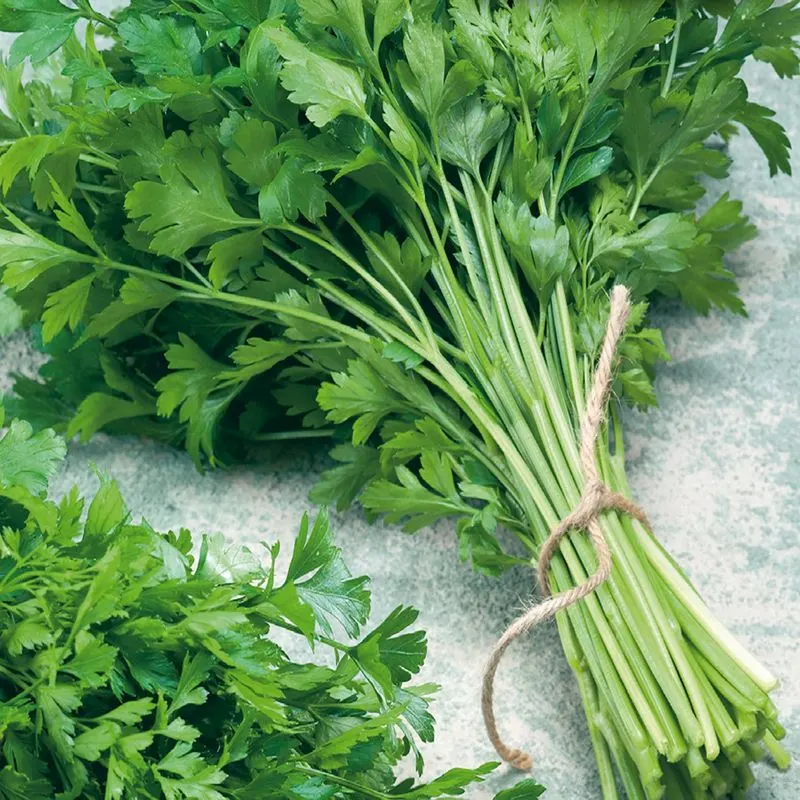
Parsley, a popular herb, flourishes when started as a transplant. The seeds take time to germinate and can result in uneven growth. Transplants bypass these issues, providing a steady head start and ensuring a lush, full plant ready for culinary use. Fun fact: Parsley has been used since ancient Greece, both as a garnish and a symbol of victory. Its fresh, slightly peppery flavor enhances dishes, making it a staple in kitchens worldwide. Whether in salads, soups, or as decoration, parsley is a versatile herb.
Thyme
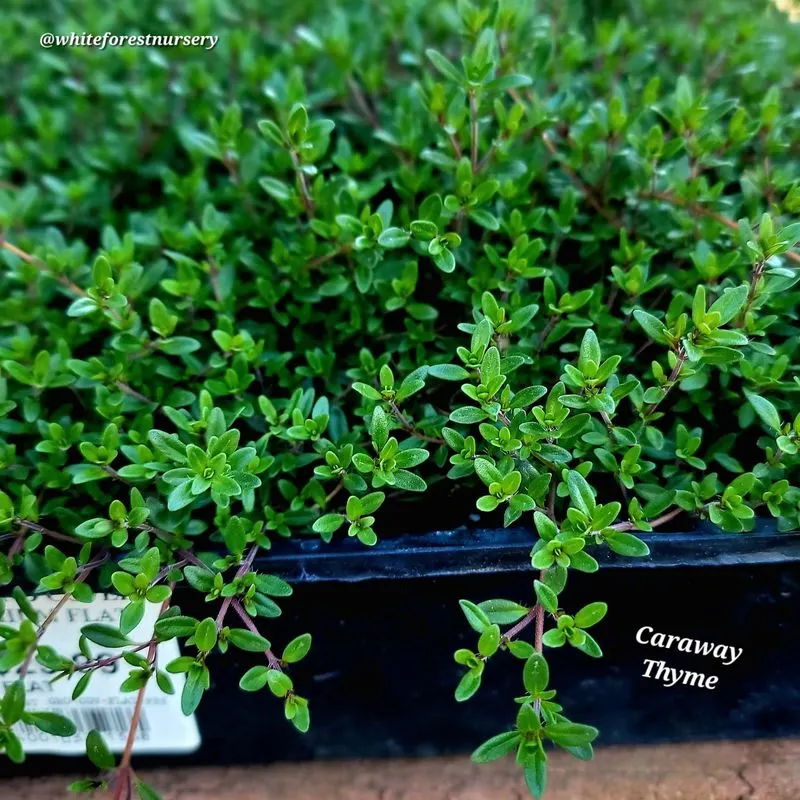
Thyme, with its pungent aroma, benefits from being started as a transplant. Seeds are minuscule and slow to germinate, making direct sowing less reliable. Transplants provide a head start, ensuring a fuller, healthier plant that thrives in a sunny spot. This approach also facilitates better control over spacing in the herb garden. An intriguing tidbit: Thyme was used by ancient Egyptians in embalming, valued for its preservative and aromatic qualities. Today, it’s cherished for its flavor, enhancing savory dishes around the globe.
Rosemary
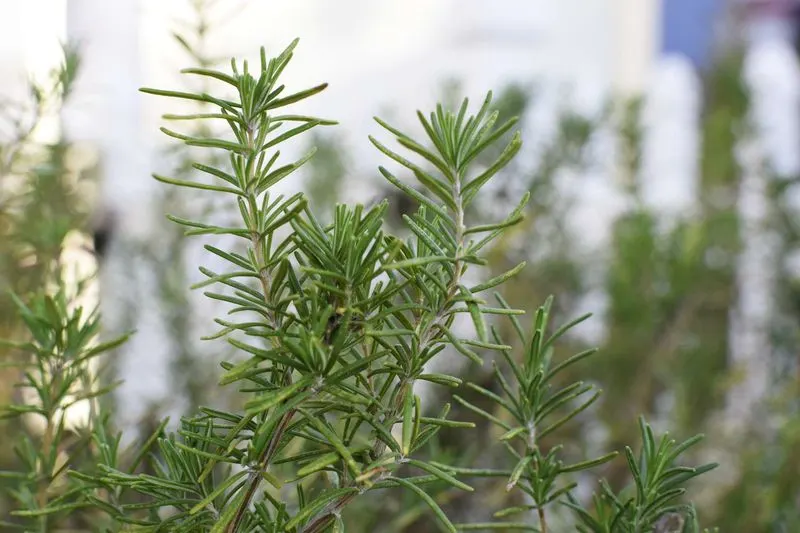
Rosemary, with its distinctive fragrance, thrives when started as a transplant. Seeds can be finicky and slow to germinate, often resulting in sparse growth. Transplants offer a robust start, ensuring a bushy plant ready to enhance culinary dishes. Did you know? Rosemary is native to the Mediterranean region and has been used since ancient times for its medicinal properties and as a symbol of remembrance. Its evergreen nature and aromatic leaves make it a beloved herb in gardens worldwide.

